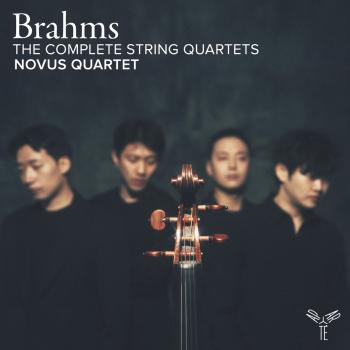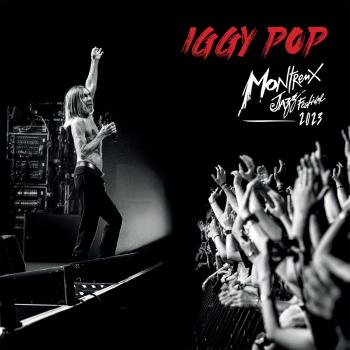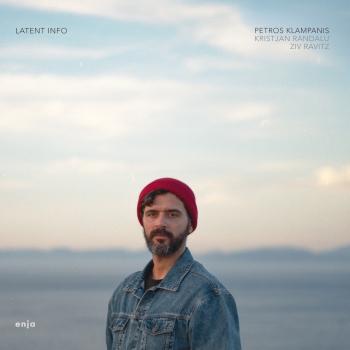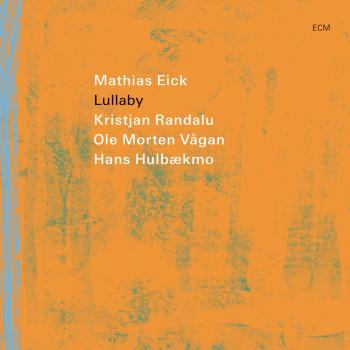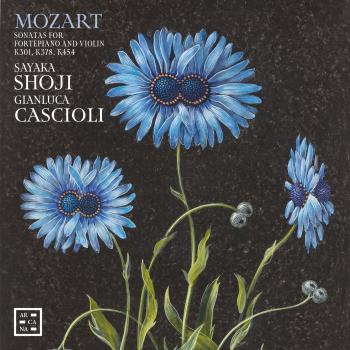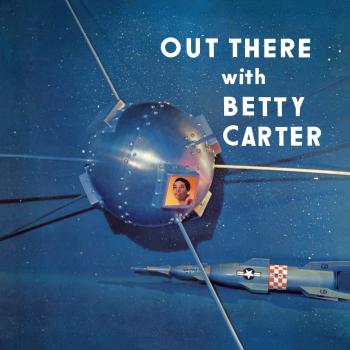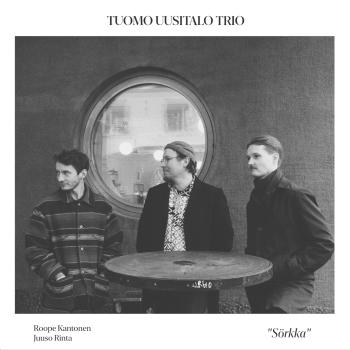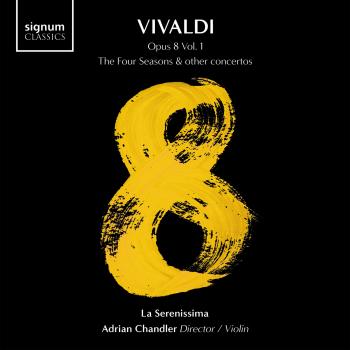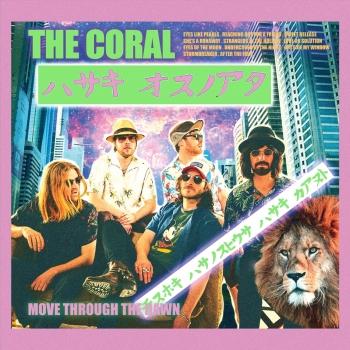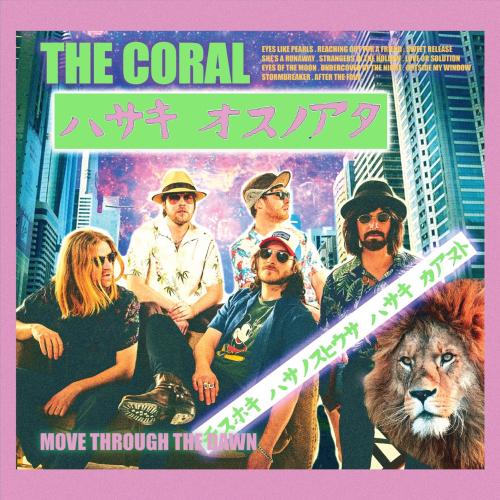
Move Through The Dawn The Coral
Album info
Album-Release:
2018
HRA-Release:
14.08.2020
Album including Album cover
- 1 Eyes Like Pearls 02:46
- 2 Reaching Out For A Friend 02:48
- 3 Sweet Release 02:50
- 4 She's A Runaway 03:27
- 5 Strangers In The Hollow 02:53
- 6 Love Or Solution 03:23
- 7 Eyes Of The Moon 02:47
- 8 Undercover Of The Night 03:03
- 9 Outside My Window 02:44
- 10 Stormbreaker 04:41
- 11 After The Fair 02:51
Info for Move Through The Dawn
Neues Album der 1996 von James Skelly (Gesang, Gitarre) mit ein paar Freunden aus der Nachbarschaft gegründeten Band. Seit der Veröffentlichung ihrer ersten EP, "Shadows Fall", im Jahr 2001 haben The Coral mit einer Mischung aus Country, Folk, für die Sechzigerjahre typischen Psychedelic Rock und Rock-Elementen allein in England über eine Million Alben verkauft. Nach dem 2010 herausgebrachten Album "Butterfly House" legte die Band eine längere Auszeit ein. Die Pause mündete 2015 in eine veränderte Besetzung und im Jahr darauf in das stark psychedelische, Rifflastige und von Kritikern gefeierte Werk "Distance Inbetween". Dessen Nachfolger, das in den Liverpooler Parr Street Studios aufgenommene und gemeinsam von The Coral und Rich Turvey produzierte Album "Move Through The Dawn", bildet somit das zweite Kapitel der beeindruckenden Coralschen Relaunch-Story. Es ist überschrieben mit "Es lebe der Drei-Minuten-Song". In den Worten des Frontmanns: "It seemed that three minute songs had become unfashionable in guitar music and they needed reviving." Zentrale Einflüsse stellen dabei die beiden von Phil Spector produzierten Alben "Born To Be With You" (Dion, 1975) und "End Of The Century" (Ramones, 1980) sowie Bob Marley, ELO und die Traveling Wilburys dar.
The Coral
The Coral
The Coral’s past speaks volumes having sold over a million UK albums since their debut EP release in 2001, five of those hitting the top ten, including the chart-topping Magic and Medicine (2003) and eight top 40 singles. Without so much as a glance over their shoulder, James Skelly (vocals/guitars), Ian Skelly (drums/percussion/vocals), Nick Power (keyboard/vocals), Paul Duffy (bass/keyboards/vocals) and Paul Molloy (guitars) stride into the future to fortify their indefinable position in modern music. There are no full stops in The Coral’s story, but their return with a seventh album, Distance Inbetween in 2016 turns a distinct new page within it after an unapologetic five year hiatus. Picking up the band’s story from the release of 2010’s Butterfly House, theirs is a tale of uninterrupted individual creativity punctuated by the surprise release of their lost album, The Curse of Love (2014).
A collective for whom permanence is defined by bonds stronger than music, The Coral encouraged each other to go exploring alone after a relentless decade of activity. James Skelly wrote and recorded Love Undercover (2013), establishing his Skeleton Key record label and producing songs for bands including Blossoms, Sundowners and She Drew The Gun. Nick Power revealed literary talents with a book called Small Town Chase (2013); Ian Skelly found a kindred spirit in Paul Molloy (formerly of The Zutons) forming Serpent Power and Paul Duffy turned to soundtrack composition. Founding member, Lee Southall continues his own personal and artistic journeys separately while The Coral regroup, leaving his foot in the door for when his ambitions have been fulfilled elsewhere.
Of the break and return, James Skelly says: "We decided the band had hit a brick wall. We had to stop and take a breath. We had been doing the same thing of touring, doing an album and then touring again for twelve years and it had become a habit everyone was scared to step away from. Looking back now, from the point of view of a reinvigorated band, it was the best decision we could have made."
The rumour of a heavier album by The Coral has now become an irrefutable reality. Recorded live and mostly in just one take, the seams of each of the 12-tracks are purposely rough-hewn and pave the way for a new wave of visceral onstage performances by the reenergised band. Straddling digital and analogue worlds, many songs on Distance Inbetween developed through texts and emails between James Skelly and Power. Its unforced development influenced equally by the nature of modern communication, their shared artistic desires and love for the static of rediscovered cassette tapes. Using the experience of compiling The Curse of Love as a catalyst for new material, today’s The Coral is one of musical minimalism, drawing the rhythm section out of the shadows, putting emphasis on the importance of ideas and words over instrumentation.
James Skelly expands on the origins of the album, saying: "Before we started making the album we had discussed that we wanted it to be more minimal and rhythmical, with less chords. We came from a starting point of having only me on guitar, so we thought logically about how we could turn a potential weakness into an advantage. So, we thought if you've got a rhythm section that’s been playing together for almost twenty years, why not make that the centre of the songs?"
Following lyrical themes that question reality, the band ferments a climate in which it’s possible for influences like David Lynch to sit alongside Hawkwind and Public Enemy. Listeners are invited into The Coral’s world of Richard Yates books, Alan Moore comics, 1980's toys, the sound of krautrock compilations and Muddy Waters’ Electric Mud, as well as hours spent staring into the bleak beauty of Gregory Crewdson’s photography. It’s a rule that a book’s cover only hints at its content, but a glance at the monochrome artwork of Distance Inbetween speaks a thousand words for what lies within. As black and white birds circle each other in perpetuity above an ominous void, the band are photographed as shamanistic explorers of no known place in time or space.
Connector opens the album, a driving beat set to a looping guitar riff, cut through with mellotron strings. Skelly’s vocal echoes as if cast from a pulpit, calling on himself and his congregation to accept the consequences of their actions. Chasing The Tail Of A Dream throws shards of reverb-laden guitar and keys into almost four minutes of pulsing, rhythmical soundscape, the lyrics questioning our human fallibility when faced with irresistible fantasies.
Distance Inbetween, the title track, pulls away into space of its own finding the singer in relative solitude with Nick Power’s piano a faithful companion, speaking with brutal honestly of love and the walls that matters of the heart can easily build around us. Skelly’s studied serenade, a notable counterpoint to the asphalt-throated pinnacles he finds when volume counts, recalls the restrained modern classicism of Sinatra and dusky depths of Nick Cave. Million Eyes surfs a growing tide of instrumentation and layers of vocal harmony, before stopping the tape and tacking into a rhythmic jam. Holding dear the virtues of freedom of expression, especially the tradition of letting their guitarists cut loose, Paul Molloy’s fingers go for a walk in a frenzied, improvised solo.
James Skelly recalls the session, saying: "Paul was playing with Ian in their band, Serpent Power and we'd all been mates with him for years. We already had a couple of tunes recorded and Ian suggested Paul add some guitar. His parts really enhanced the tracks; he understood where he needed to leave space. From that point we didn't look back. We had a full line-up and were confident we could make an album that would stand next to the others."
Fear Machine finds Skelly in subversive mood. With concealed venom he decries the manipulation of mass public perception by using fear to instil control, while elsewhere on the album he urges himself not to fall prey to those unspoken and unseen forces. Holy Revelation tells of a blissful awakening to these dynamics, releasing himself from the clutches of control with emphatic defiance as crying strings and throbbing guitars snake through tumbling rhythms that tip a high-hat to Cream and White Album Beatles. A two minute, ethereal soundscape written by Nick Power titled End Credits brings the curtain down, signalling the end of another wide-screen adventure with The Coral
Distance Inbetween was recorded at Parr Street Studio in Liverpool with co-producer Richard Turvey, a thrilling new talent and wide-eyed emergent master of studio techniques, within whom The Coral found a trusted and fearless collaborator. Additional sounds were laid down at the Coral Caves that reside at an undisclosed location beside the Mersey, with the album also featuring contributions from Alfie Skelly (bow on She Runs The River). The album is dedicated to Alan Wills, the band’s early mentor and Deltasonic label boss, who lost his life just months prior to the recording of the record in 2014. (Rob Allen)
This album contains no booklet.

